You wouldn’t think it, but a field of flowers can be a pretty noisy place. Not because of the chirping birds or the buzzing bees… but because of the sounds the plants make themselves.
For the first time ever, Israeli researchers have been able to prove that plants do indeed make noise. They picked up the popcorn-like popping sounds – which are normally beyond the hearing range of the human ear – using ultrasonic microphones.
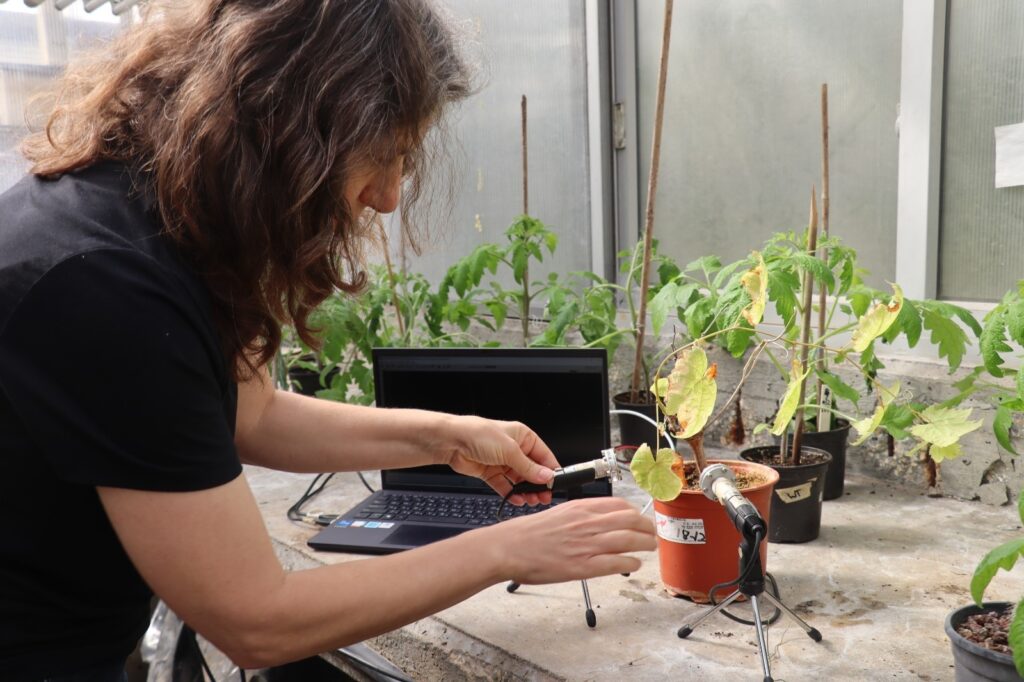
This discovery changes our understanding of the natural world, and there is much the researchers from Tel Aviv University have yet to understand. Specifically, who or what is listening to these noises, and why.
And with this discovery, there is the potential to monitor whether a plant is struggling against an unseen pathogen and prevent it from spreading to an entire field, without intrusive action. Farmers may also be able to more effectively water their crops and apply insecticides.
“Animals communicate all the time, making sounds and responding to sounds, so it would be quite silly and maladaptive for a plant to be completely deaf and mute,” Prof. Lilach Hadany, of the School of Plant Sciences and Food Security, tells NoCamels.
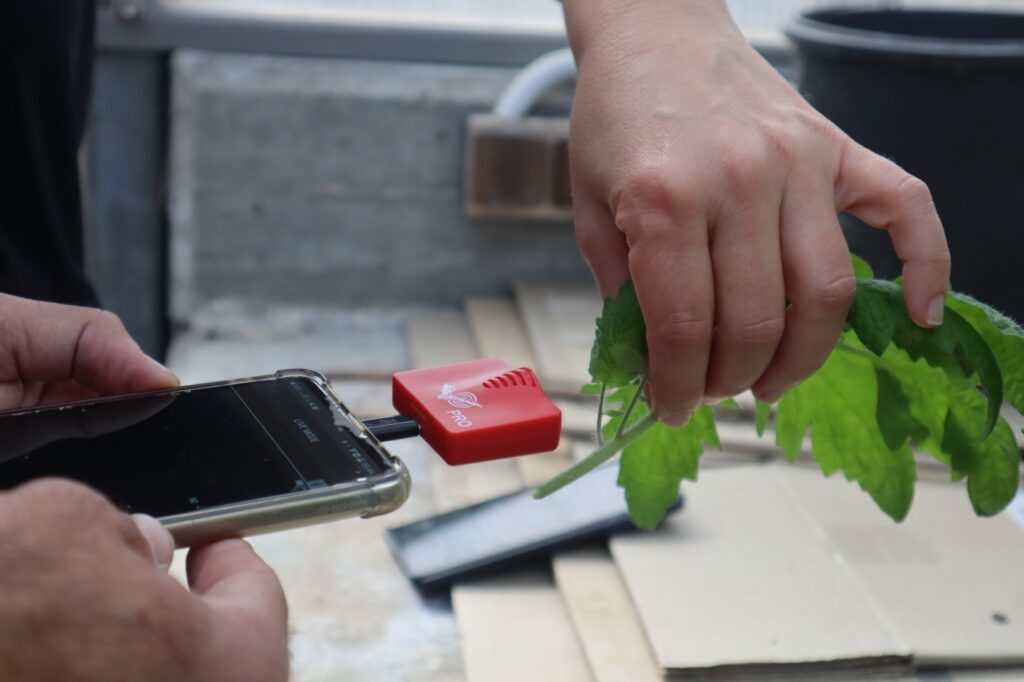
“Yet this is how plants were perceived for a long time.”
So she started thinking about it theoretically. “I thought perhaps I could find a good reason for plants to be deaf and mute despite the fact that animals are communicating with sounds all the time, but I didn’t find any good explanation,” she says.
Hadany led the groundbreaking research, together with Prof. Yossi Yovel, Head of the Sagol School of Neuroscience.
The sounds the plants make vary from species to species, and are different in noise and frequency depending on the kind of stress they are under – for example when they are dehydrated, have been cut, or are infected with a virus.
“There are more sounds as dehydration increases, and then it declines,” Hadany explains. “So when a tomato plant is completely dry and miserable [but not dead yet], it doesn’t emit any sounds.”
A cut plant, on the other hand, only emits noises for several hours. And when plants are not stressed, she says, they are very quiet, making less than one sound per hour.
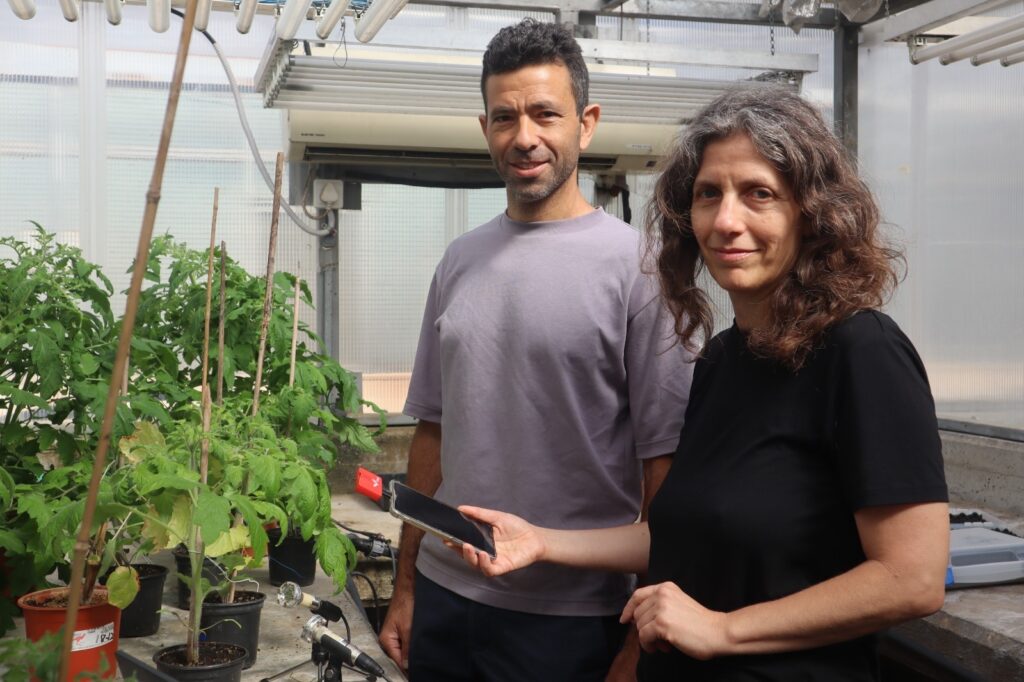
Hadany is not sure how the plants make the noise just yet. The current theory is that it has to do with cavitation, when the tension of water within plant tissues becomes so high that it abruptly turns into gas bubbles and emits an ultrasonic pop.
The plants emit sounds ranging between 40 and 80 kilohertz – completely out of the human hearing, which is up to 16 kilohertz.
Sign up for our free weekly newsletter
Subscribe“Bats make sounds in these ranges all the time, and mice, dogs and cats can partially hear within it,” she says.
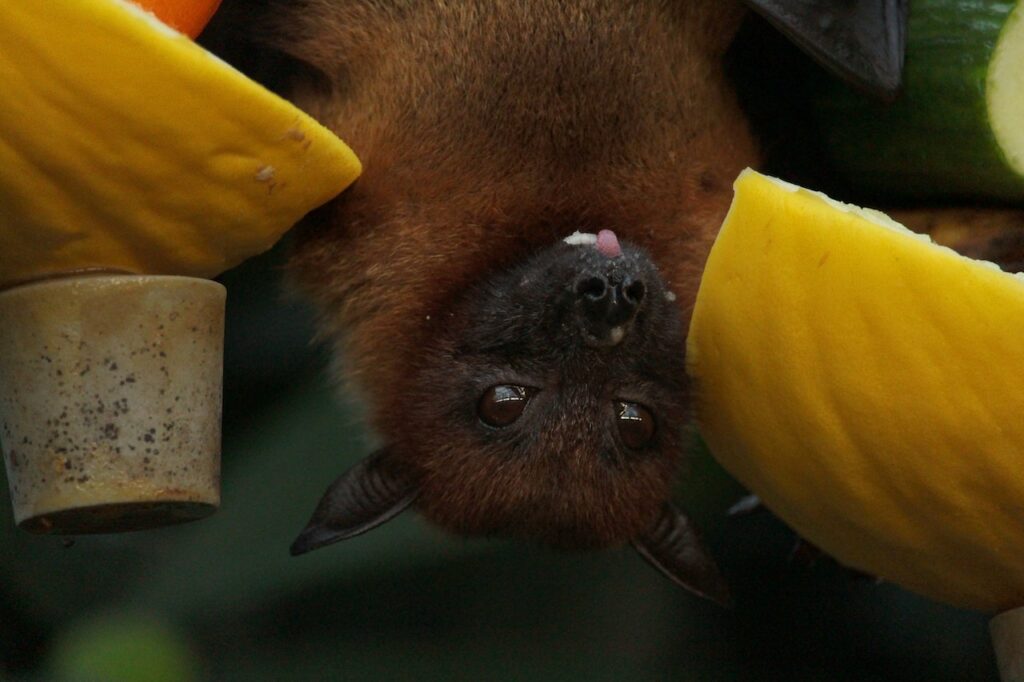
Expensive and sensitive recording equipment was used to capture the sounds for the first time.
The ultrasonic microphones, which could record sounds at frequency between 20-250 kilohertz, were placed at a distance of about 10 cm from each plant.
Until that point, they had and only been used for zoology and never for plant sciences research. According to Hadany, this is because people simply did not consider the possibility that plants could make sounds so never thought to record them.
The study mainly focused on tomato and tobacco plants, but wheat, corn, cactus, and henbit (a close cousin of purple dead nettles) were also recorded.
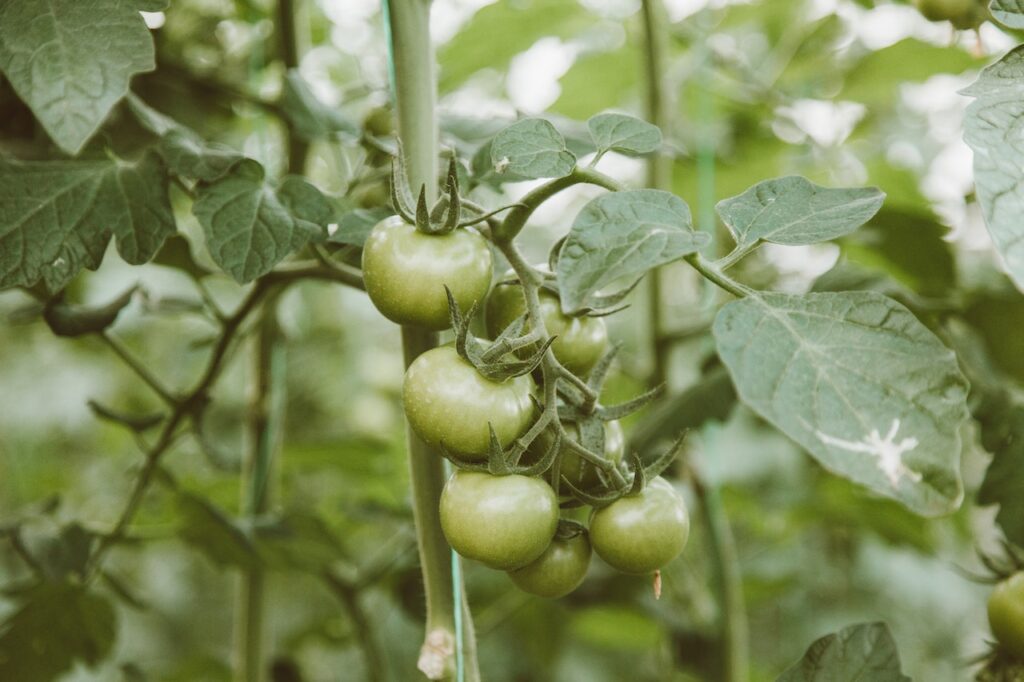
Hadany and the other researchers first placed the plants in an acoustic box in a quiet, isolated basement with no background noise and recorded them.
They then placed the plants in a greenhouse with a great deal of background noise. Some plants had not been watered for five days, some had their stems cut, and others were untouched.
The recordings were then analyzed by specially developed machine learning algorithms, which learned how to distinguish between different species and different types of sounds, and were ultimately able to identify the plant and determine the type and level of stress from the recordings.
What Hadany now wants to figure out now is who or what is using the information contained within the sounds, and who or what is benefiting from it.
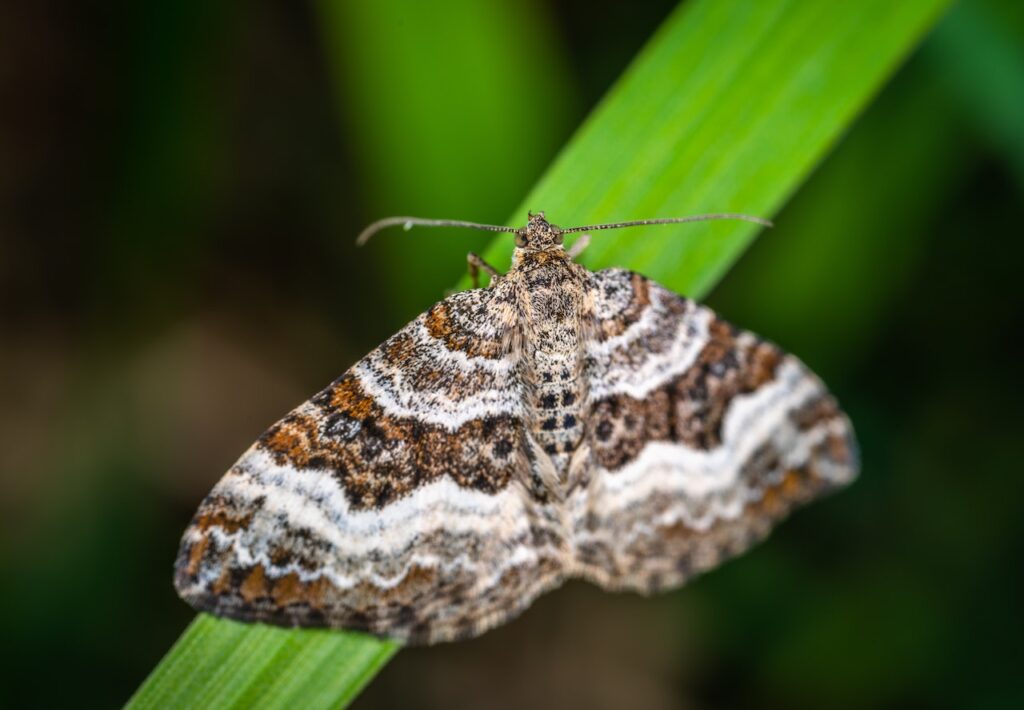
“One group could be animals, like a moth laying eggs,” she says. “It could choose between a plant emitting sounds and a plant that does not.
“The second [direction of our research] is possibly that plants may be responding to these sounds too, and preparing themselves for stress by using water more efficiently, closing their stomata [pores], and putting up a global defense against pathogens,” she says.
“But I think there is a wider potential in all this question of bioacoustics because it means that there is another layer of information everywhere – about plants and how it may be affecting plants or other animals. It may be relevant to ecosystem functioning, to conservation, and to understanding when a certain environment is stressed.”
Related posts

Israeli Medical Technologies That Could Change The World

Harnessing Our Own Bodies For Side Effect-Free Weight Loss

Missing Protein Could Unlock Treatment For Aggressive Lung Cancer


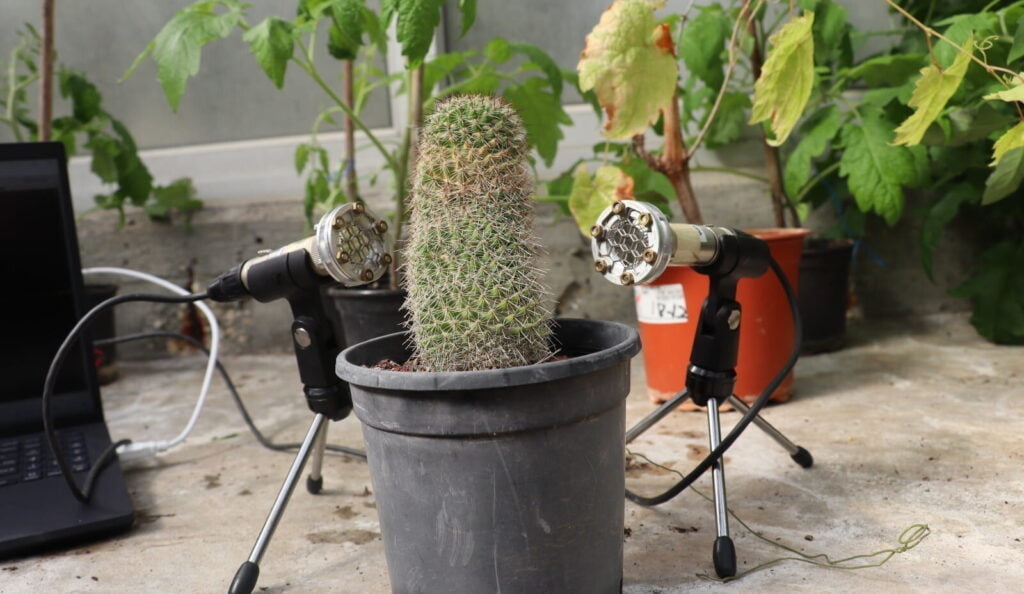

Facebook comments